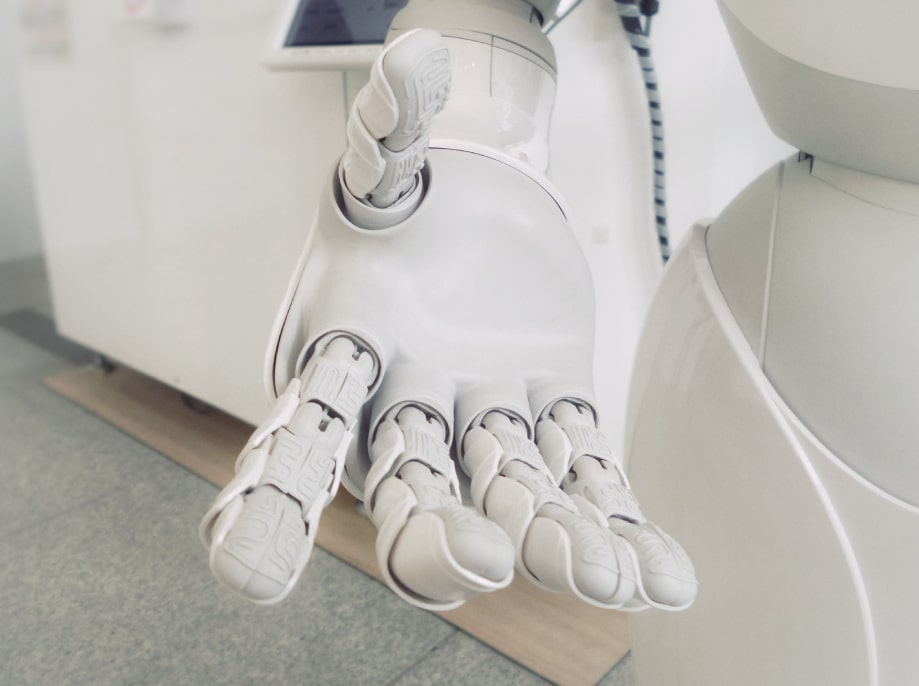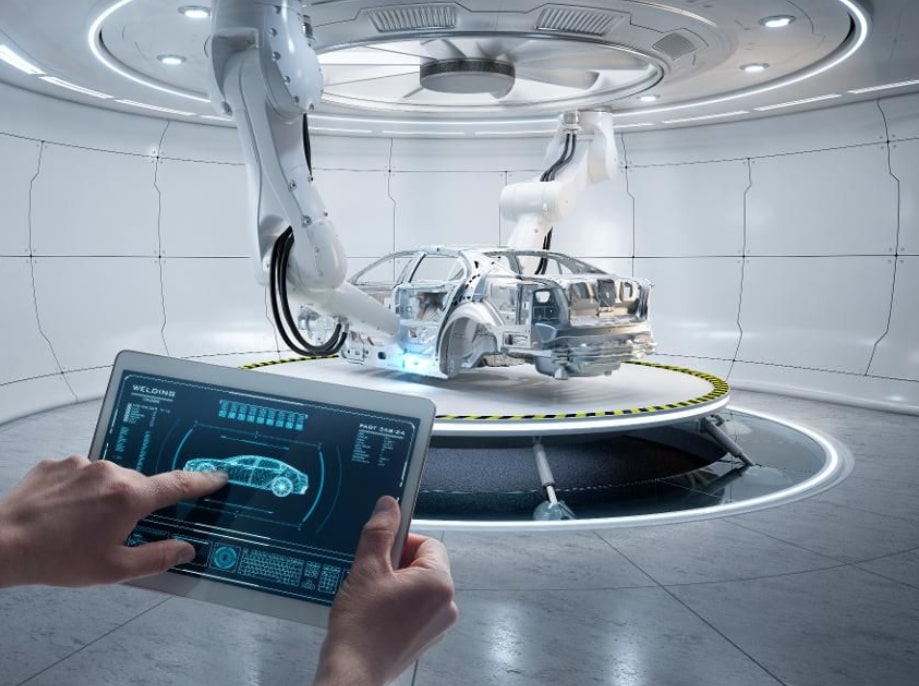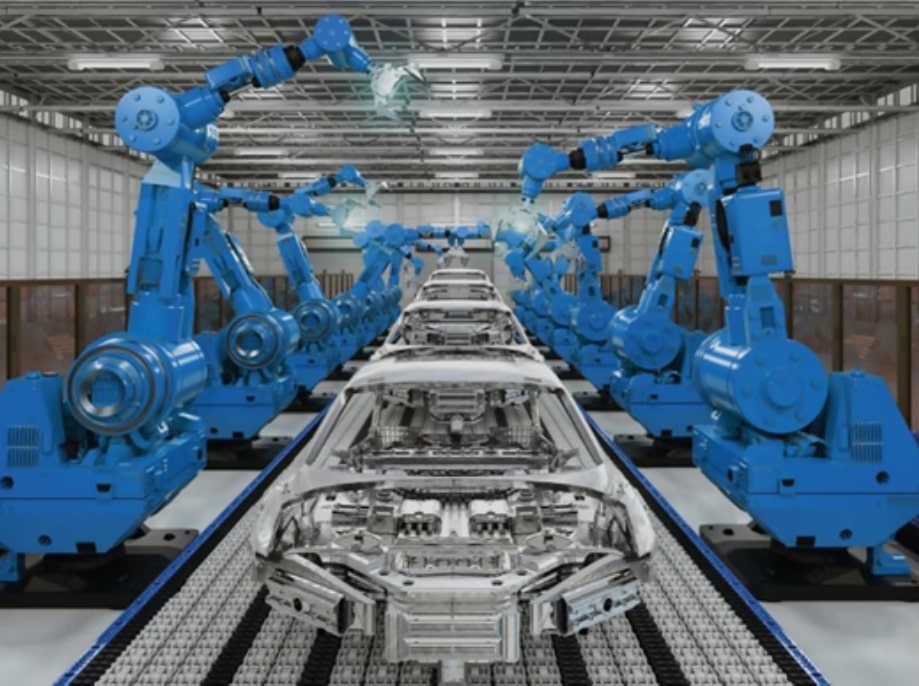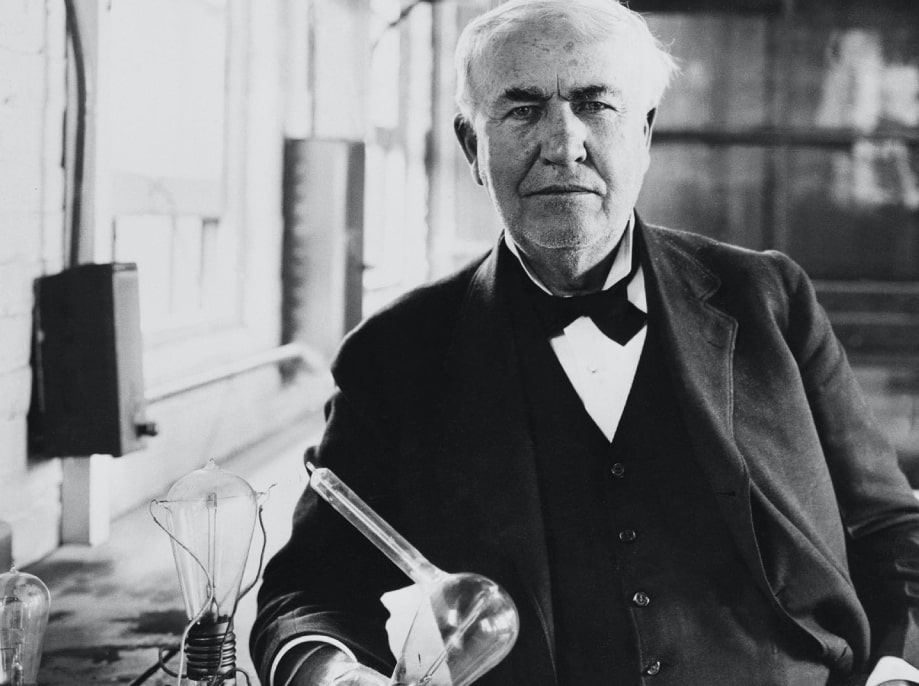
In the era of Yankee ingenuity, Thomas Edison was the quintessential American inventor.
When he began his career in 1863, virtually the only electricity source was primitive batteries, which put out a low-voltage current. But when Edison died in 1931, he had played a critical role in introducing the modern age of electricity.
Some say the loss of hearing at an early age started Edison on his career path as an inventor. These hearing difficulties propelled Edison to quit school in 1859 and begin working as a train boy on the railroad between Detroit and Port Huron. The Michigan Central had initiated the commercial application of the telegraph. They used it to control the movement of its trains, and the Civil War brought a vast expansion of transportation and communication. Edison took advantage of the opportunity to learn telegraphy and, in 1863, became an apprentice telegrapher.
Edison's partial deafness was initially not a problem in his new job. Messages received on the first Morse telegraphs were inscribed as a series of dots and dashes on a strip of paper that was decoded and read.
However, soon auditory signals were developed for the telegraphs, and Edison found himself again at a disadvantage. So Edison began to work on inventing devices that would help him continue to work, despite his deafness. He soon left his job on the railway to pursue the entrepreneurial life of an inventor full time!
From 1870 to 1875, Edison developed telegraph-related products for both Western Union Telegraph Company (then the industry leader) and its rivals. But even that flow of income was not enough. Edison was a poor financial manager, and in 1875 he had to borrow money from his father to build his (now famous) machine shop in Menlo Park.
It was in this machine shop, just two years later, that Edison developed the carbon transmitter. This was a device that improved the telephone's audibility by making it possible to transmit voices at higher volume and with more clarity. This work led him to invent the phonograph within the same year.
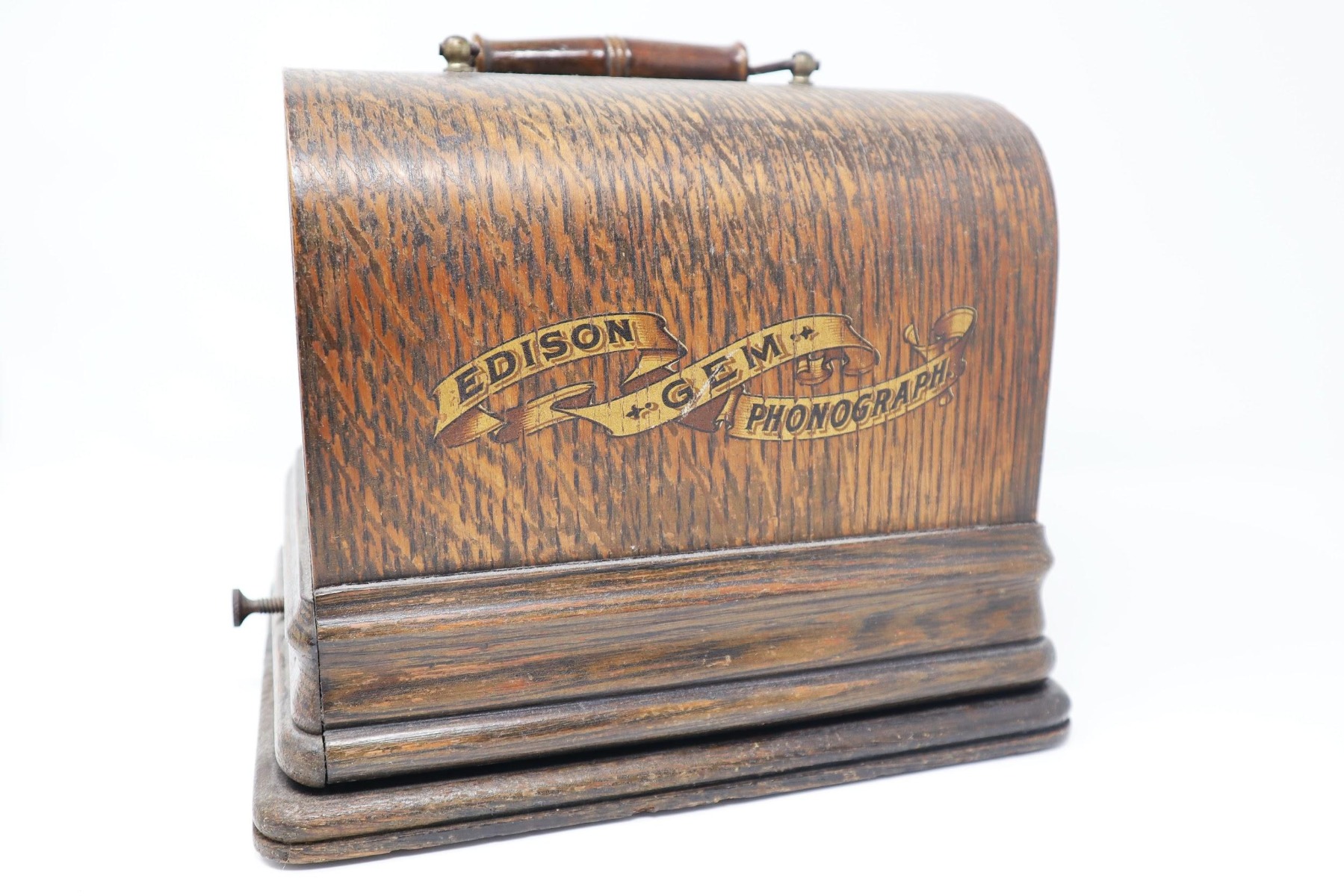
Even though it would be years until the phonograph was able to be sold commercially, the device was immediately popular. With the phonograph and carbon transmitter to his name, the press dubbed Edison "the Wizard of Menlo Park."
Many inventors would stop there and rest on the laurels of two successful products. But not Edison!
For 50 years, scientists had been grappling with a safe, inexpensive electrical alternative to the gaslight. In 1878, with J.P. Morgan and the Vanderbilt family as his financial backers, Edison put his mind to the problem.
He set up the Edison Electric Light Company and began research and development. Just two years later, in 1880, Edison had his lightbulb. Using carbonized bamboo as a filament, Edison's lightbulb was the perfect combination of long-lasting and affordable.
Edison's career is equal parts successful and controversial. He was almost always in heated legal battles with his competitors and former business partners.
However, Edison's rise from a poor, uneducated railroad worker to one of the world's most famous men has made him a folk hero. More than any other individual, he is credited with building the framework for modern technology and bringing society into the age of electricity.



